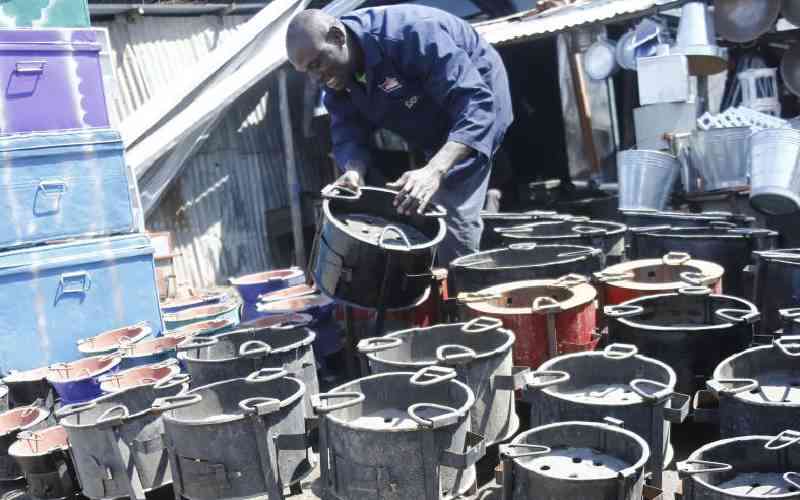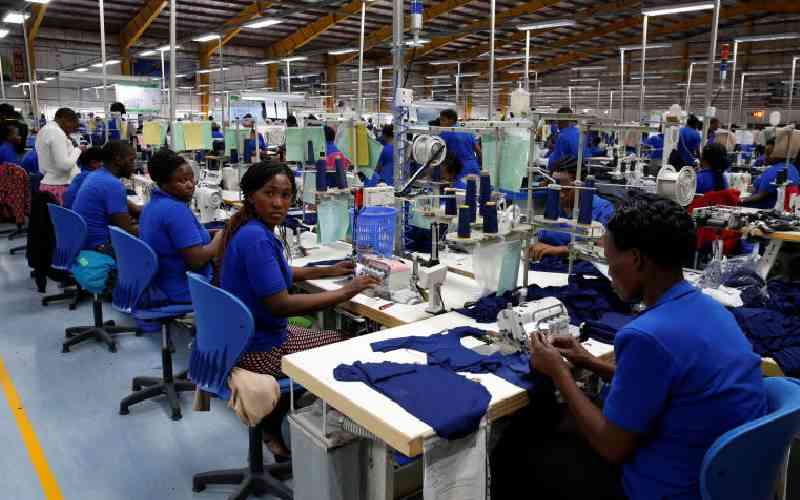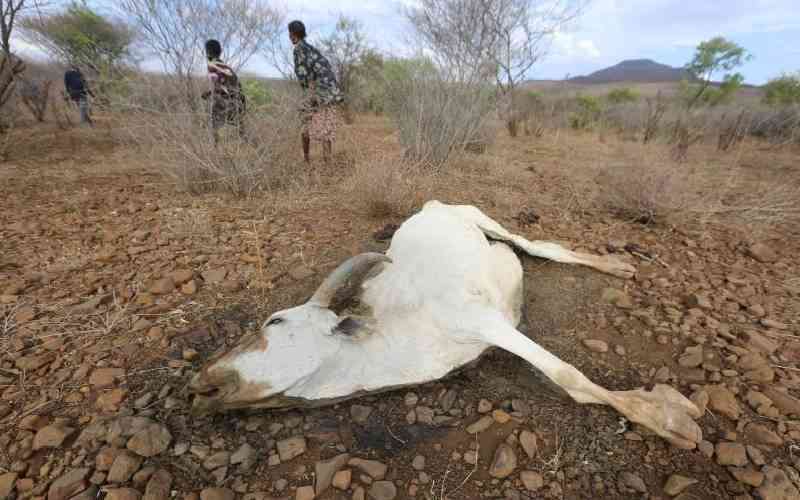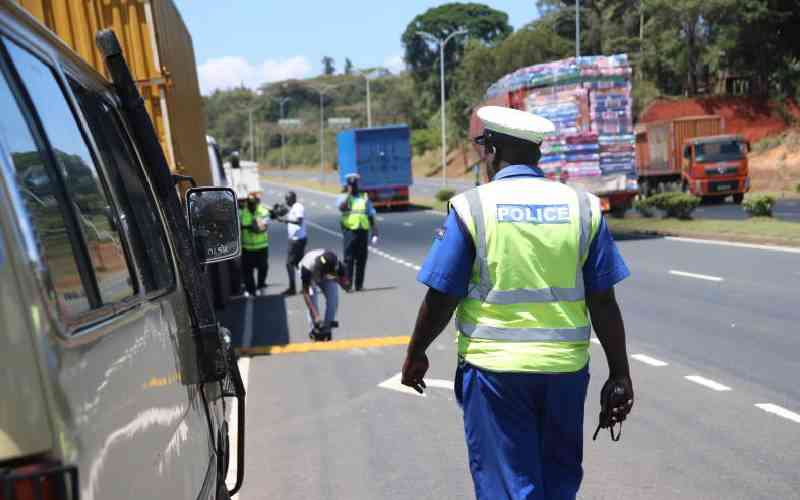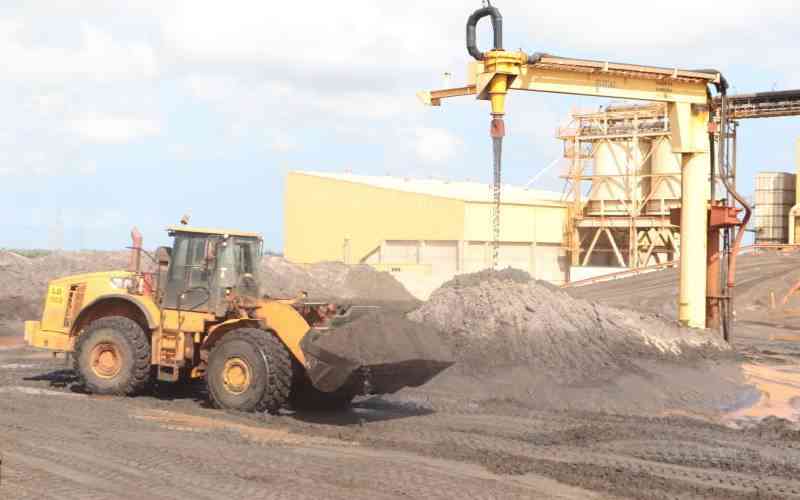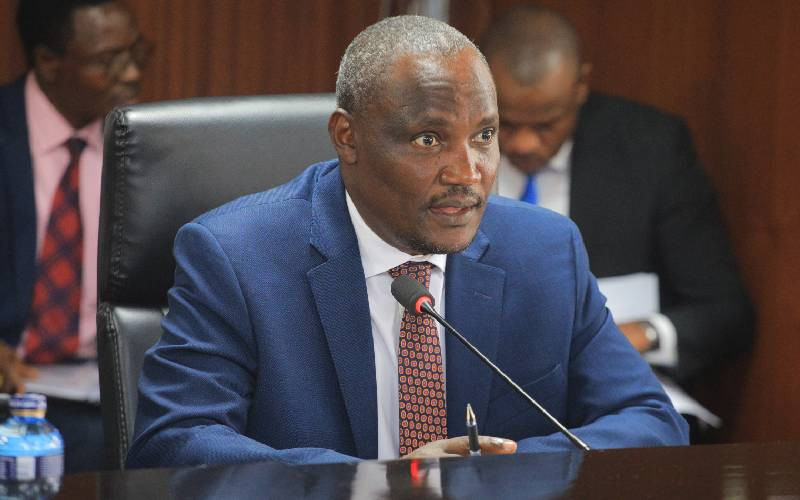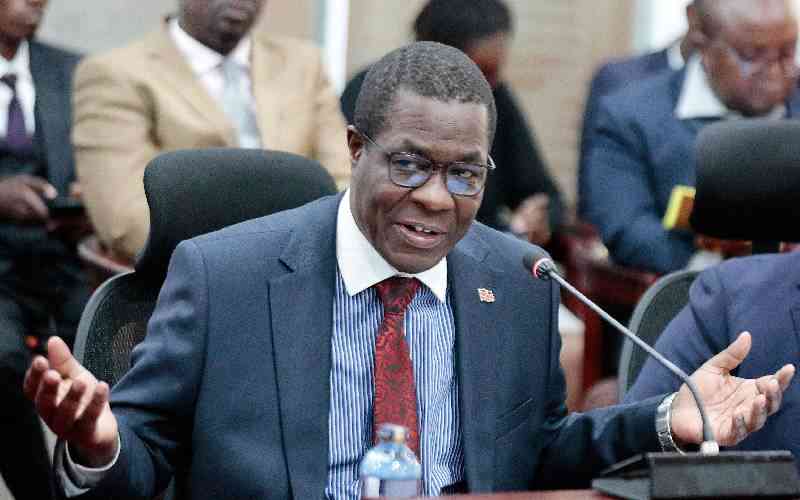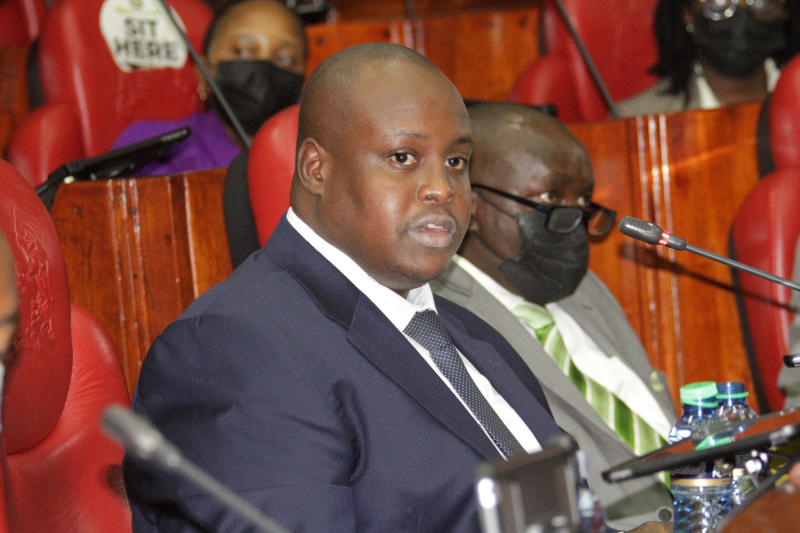
The National Treasury is sitting on more than Sh20 billion meant to cushion Kenyans from high fuel prices, even as the cost of the commodity rose level not had before. The money was collected through the Petroleum Development Levy, which was increased to Sh5.40 per litre of petrol and diesel from 40 cents last year.
In the financial year to June 2021, the levy may have raked in more than Sh25 billion, going by fuel consumption patterns. The money collected through the levy goes to a pump price stabilisation kitty meant to tame high petroleum prices.
